With the MSI SPATIUM M580 Frozr, the Taiwanese manufacturer has gone one better and launched a second fanless NVMe SSD with PCIe 5.0 standard, which is supposed to be a little bit faster and could therefore also reach the limits of PCIe 5.0. But does such a bolide bring any real added performance value and what is actually installed in detail? Of course, nothing escapes my material tests this time either. And so I’m doing the test today (also against the M570), then dismantling the SSD and also looking at the cooling. The comparison is a bit tricky, because MSI even sent me the 4 TB version, which on paper is supposed to be a bit slower than the 2 TB. However, the difference to the already fast M570 is still clear. But I don’t want to spoil anything.
The 4 TB version with cooler is expected to cost around 580 euros, so the name almost says it all. That’s not really cheap, it’s hefty, but the price is in line with the competition. And yes, the cooler is just as monstrous as on the M570, because this SSD also needs to be cooled. Apart from the fact that the Phison E26 controller can easily get over 100 °C without cooling and then brutally throttle (self-protection), it gets quite hot overall. The huge passive cooler installed by MSI is quite bulky to install, but is still easily sufficient. But I’ll come to that later. At least it cools perfectly when there is some airflow in the case and, above all, it is silent!
An important preliminary remark about PCIe 5.0 and compatibility
The new PCI Express 5.0 (Gen5) standard brings with it a number of changes that place new technical demands on hardware components. In order to fully benefit from PCI-Express 5.0, you need a mainboard that supports PCI-Express 5.0 as well as corresponding I/O support from the CPU or an I/O controller. Current processors such as Intel’s 12th and 13th generation Core and AMD’s Ryzen 7000 series support PCI-Express 5.0, albeit with a different number of lanes.
On motherboards, most M.2 slots offer four lanes of PCI Express bandwidth across their PCI Express slots, but you will need to check which slot is suitable. This information can be checked on the mainboard manufacturer’s datasheet under the STORAGE section. Some mainboards also offer expansion options via riser cards, such as those offered by ASUS and MSI for Gen5 devices. When using a PCI-Express 5.0 SSD in a PCI-Express 5.0 slot, the SSD is operated at its full speed, otherwise not.
PCI-Express slots are generally compatible with each other, but you should be aware of the performance limits. A PCI-Express 3.0 SSD that is designed for 3,000 MB/s will not suddenly reach 12,000 MB/s in a PCI-Express 5.0 slot, nor will a Gen4 SSD with a rating of 7000 MB/s. Conversely, a PCI-Express 5.0 SSD in a PCI-Express 3.0 slot will only operate at the maximum theoretical speed of the slot.
Unboxing, accessories and technical data
The SSD is pre-assembled and fitted with a huge passive cooler. But more on that in a moment when it comes to heat development and the cooler. And yes, a good thermal shield from a current motherboard is actually sufficient for cooling as long as there is a small amount of airflow in the housing. But the M580 can’t do without it.
That takes care of the scope of delivery and cooler, including the power connection, and we’ll quickly take a look at the technical data before we delve deeper into the subject matter. This is definitely worthwhile and offers interesting insights that are only available in this form exclusively here.
Technical data
You will find the size and installation dimensions in the table below, as well as the key electrical data, including power consumption and environmental specifications.
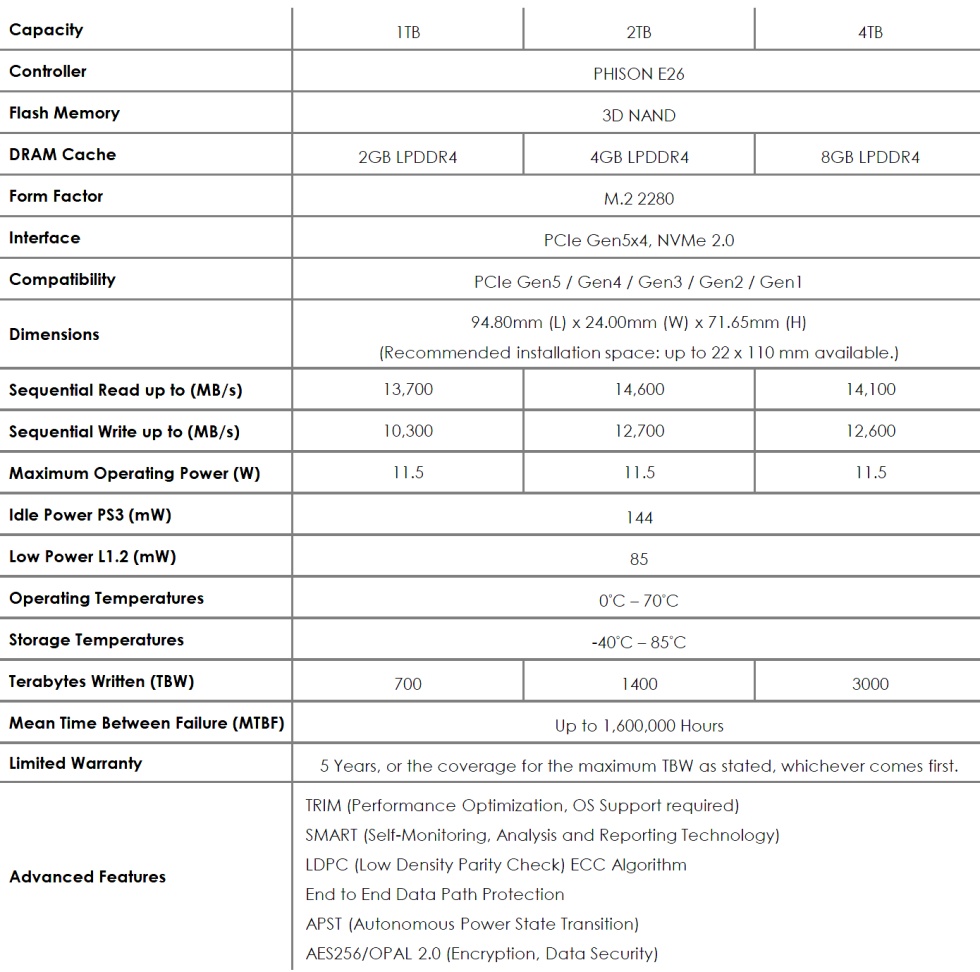
But that’s enough of an introduction for now, let’s move on to the technology! Please scroll on…














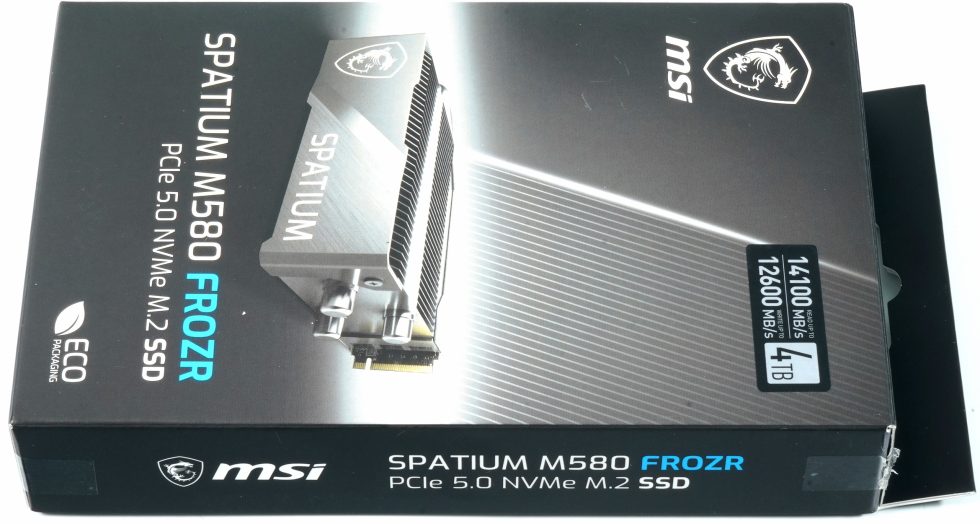
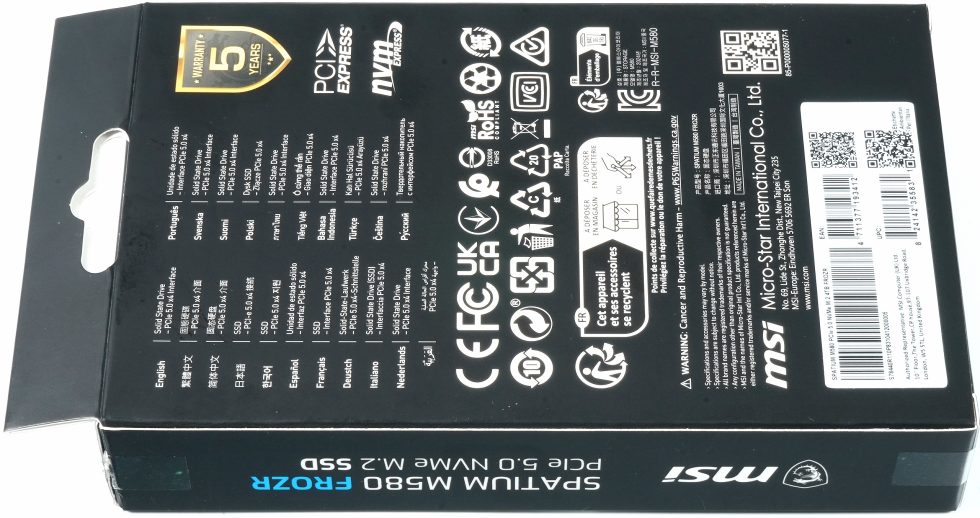
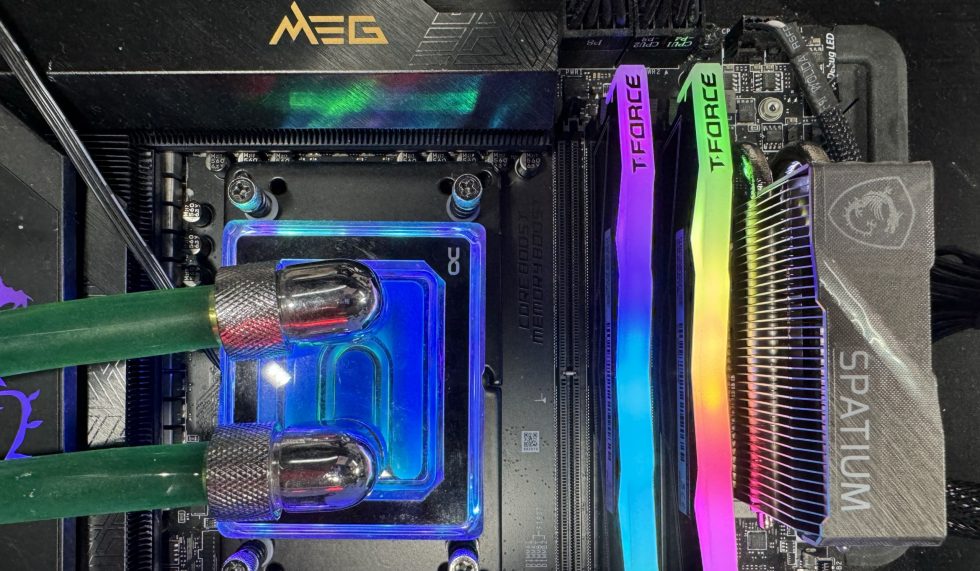

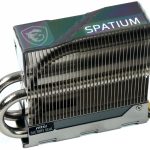
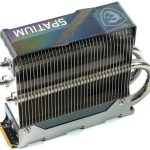
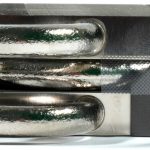
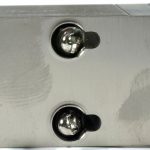

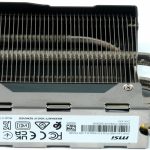
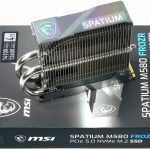
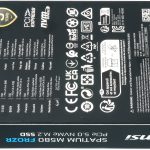
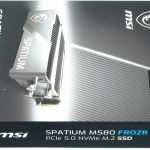




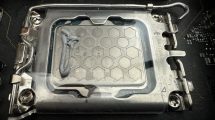
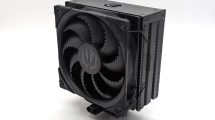


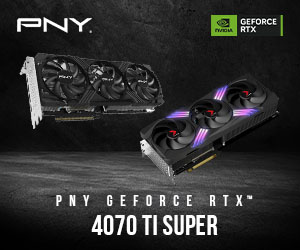











35 Antworten
Kommentar
Lade neue Kommentare
Veteran
Mitglied
1
Mitglied
Urgestein
Urgestein
Urgestein
Urgestein
Urgestein
Urgestein
Mitglied
Urgestein
Veteran
Urgestein
Urgestein
Urgestein
Urgestein
Urgestein
Urgestein
Alle Kommentare lesen unter igor´sLAB Community →